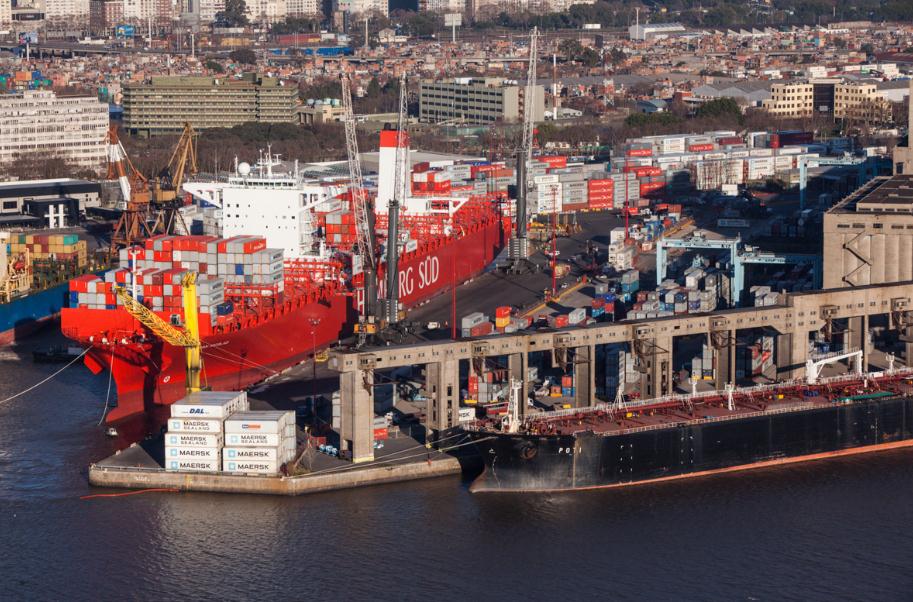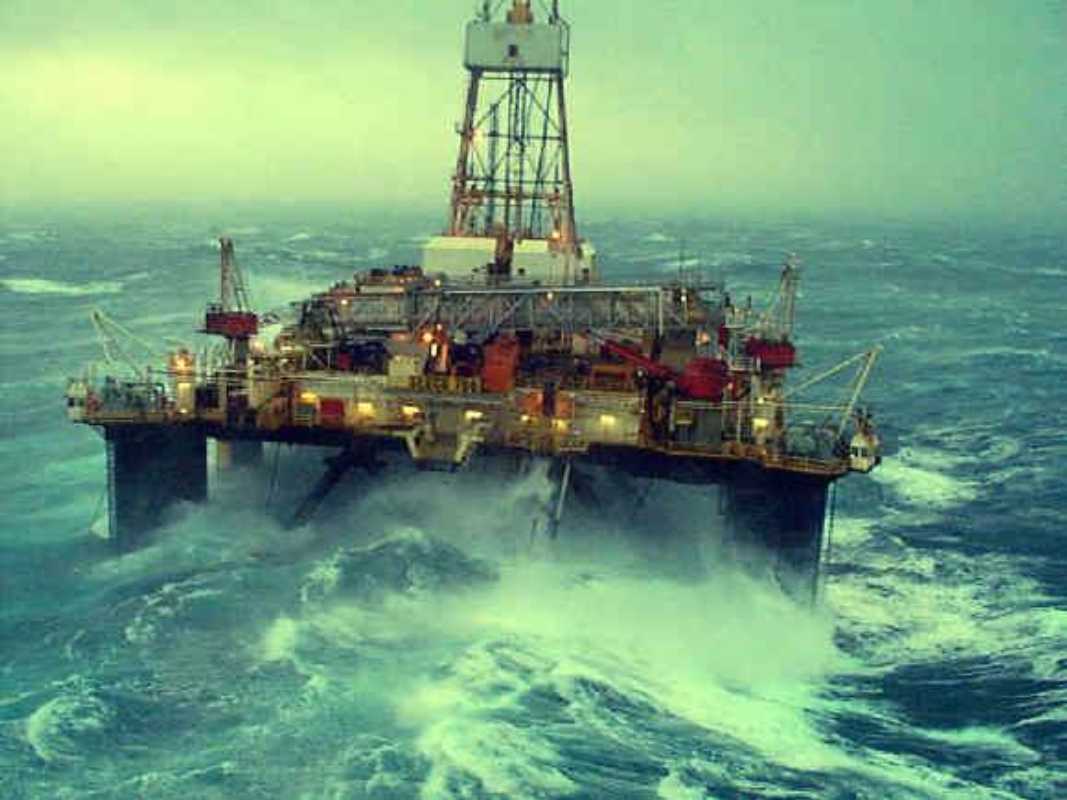“The latest United Nations projections see a nearly 11% growth in Latin America’s population to 690 million by 2025, nearly 200 million more than the current combined population of the European Union countries.
The total container throughput for Central and South America, in comparison, grew by only 1% in 2013, to 45.7 million TEUs. Brazil, Latin America’s largest economy, handled 8.6 million TEUs in 2013, approximately the same number as the Port of Antwerp, the 3rd-busiest container port in Europe,” said Mr. Laursen.
He added that “this underperformance will only become more acute without a new and invigorated strategy to address and promote necessary infrastructure investment”.
The cost of this port and transportation infrastructure will require significant amounts of Foreign Direct Investment (FDI) as Latin American nations develop new strategies for the infrastructure to catch up with current and projected future requirements.
The importance of developing master plans covering ports as well as the roads and rail connections needed to efficiently link the ports with main population centers was also emphasized, as otherwise these hinterland connections will only create more bottlenecks in the future.
Latin America attracted FDI, excluding offshore financial centers, of $182 billion in 2013, or 12.9% of total global FDI of $1.4 trillion last year. The World Economic Forum’s 2014 assessment of port infrastructure ranked major Latin American economies Brazil, Colombia and Argentina 131st, 110th and 99th, respectively, out of 148 nations within their annual survey.
“Successful strategies to promote investment and partnerships with the private sector will become significantly more important to address these port and transportation infrastructure opportunities, with realistic and practical concession terms an increasingly crucial component of this process,” said Mr. Laursen.
APM Terminals owns a 50% share in Brasil Terminal Portuário, which opened last year in Santos, Brazil, Latin America’s busiest container port, and currently has new terminal development projects underway at Moin, Costa Rica, and Lazaro Cárdenas, Mexico, as well as a major terminal expansion and upgrade in Callao, Peru.
Press Release, September 05, 2014;Image: APM Terminals



